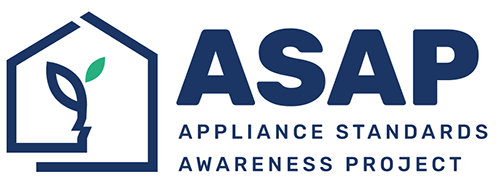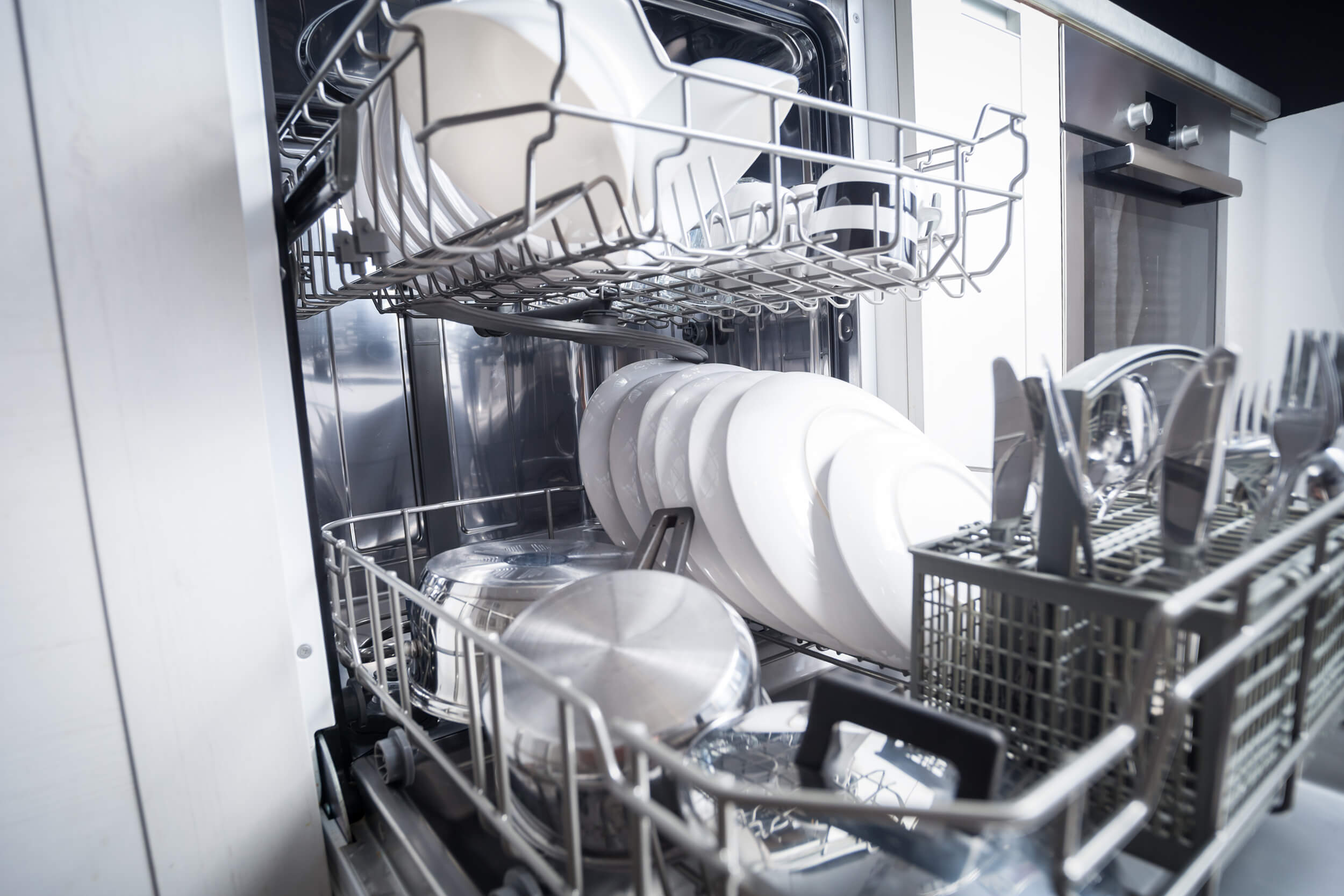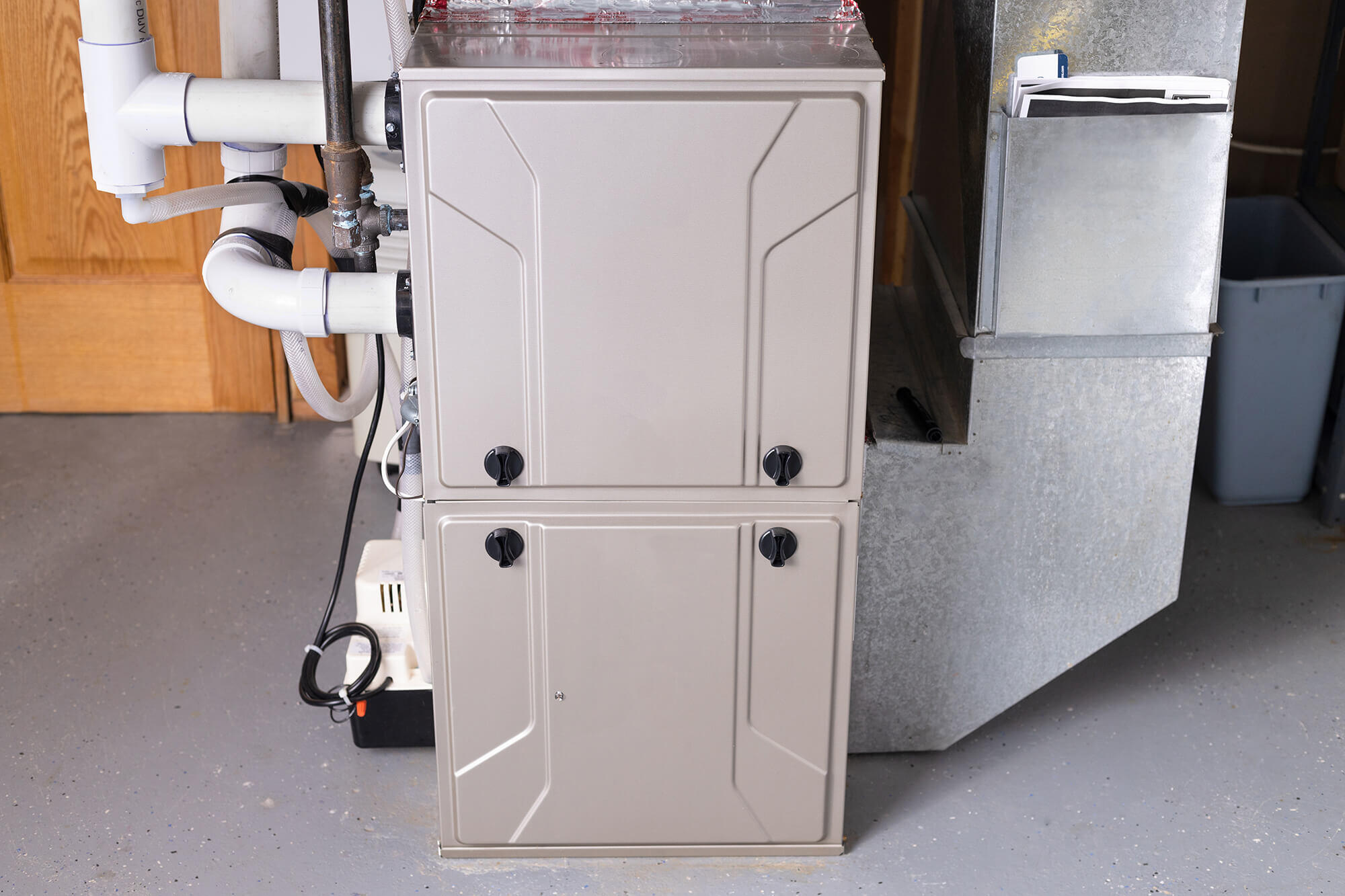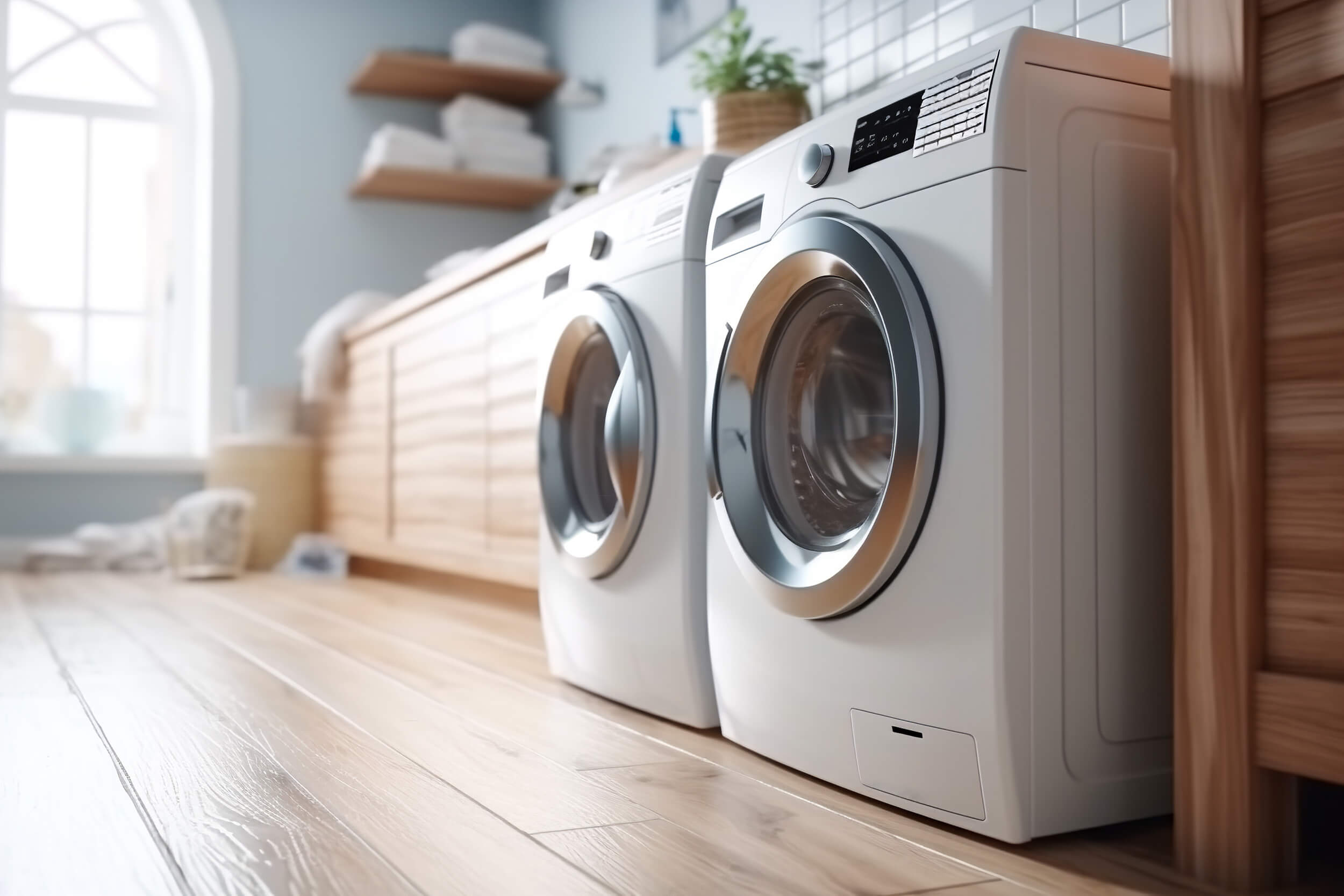Contact: Ben Somberg, 202-658-8129, bsomberg@aceee.org

Washington, DC—A resolution passed by the U.S. Senate today will undo technical updates to certification requirements for a range of products subject to energy efficiency standards but has no effect on the efficiency levels those products must meet. The resolution, H.J. Res. 42, will reverse a U.S. Department of Energy (DOE) “certification, labeling, and enforcement” rule from October 2024.
If signed by the president, the resolution will increase burdens on numerous manufacturers, including by potentially requiring them to retest models based on old metrics.
The resolution will also make it more difficult for DOE or other parties to identify products that do not comply with standards. Finding products for sale that are not certified to meet standards is one method to identify noncompliant products. The resolution could benefit companies—often those importing products from abroad—that cut corners, at the expense of consumers and the manufacturers that follow the law.
“While it’s fortunate that repealing this rule leaves the efficiency standards unchanged, it will increase burdens for manufacturers and make it easier for unscrupulous companies to cheat,” said Andrew deLaski, executive director of the Appliance Standards Awareness Project. “Congress is acting without thinking.”
Manufacturers generally support DOE’s certification requirements
In comments on the September 2023 proposed rule for certification requirements, the Association of Home Appliance Manufacturers (AHAM) said that “consistent, clear, transparent certification criteria are a critical part of the program” and that “AHAM appreciates DOE’s proposals that are aimed at ensuring consistency between testing to support certification and testing DOE does to support its enforcement efforts.” The Air-Conditioning, Heating, and Refrigeration Institute (AHRI) noted “the care taken by DOE staff to develop proposed amendments to certification provisions, labeling requirements, and enforcement provisions” and said that it was “largely supportive of changes.” Carrier commented that “having these requirements provides predictability for manufacturers and valuable information for consumers.”
In response to comments and suggestions from manufacturers on the proposed rule, DOE made several changes in the final rule, including removing several proposed reporting requirements and a proposed labeling requirement.
Undoing the certification rule will impose needless burdens on manufacturers
Undoing the certification rule will create confusion and uncertainty and potentially impose significant burdens on product manufacturers, without having any impact on the underlying efficiency standards.
In one example, for small, three-phase air conditioners and heat pumps—which are used in commercial buildings—prior to the publication of DOE’s 2024 certification final rule, manufacturers were required to report cooling and heating efficiency based on the SEER and HSPF metrics, respectively. However, new standards for these air conditioners and heat pumps that took effect on January 1, 2025, are based on updated efficiency metrics—SEER2 and HSPF2. The certification rule updated the reporting requirements for these products to reference the new efficiency metrics, SEER2 and HSPF2.
Undoing the certification rule will mean that manufacturers will need to certify the SEER and HSPF ratings of their equipment even though the standards are specified in terms of SEER2 and HSPF2. This could potentially mean that manufacturers will need to retest all of their models to generate ratings based on the old metrics—testing that would provide no benefit to the purchasers of this equipment.
###




